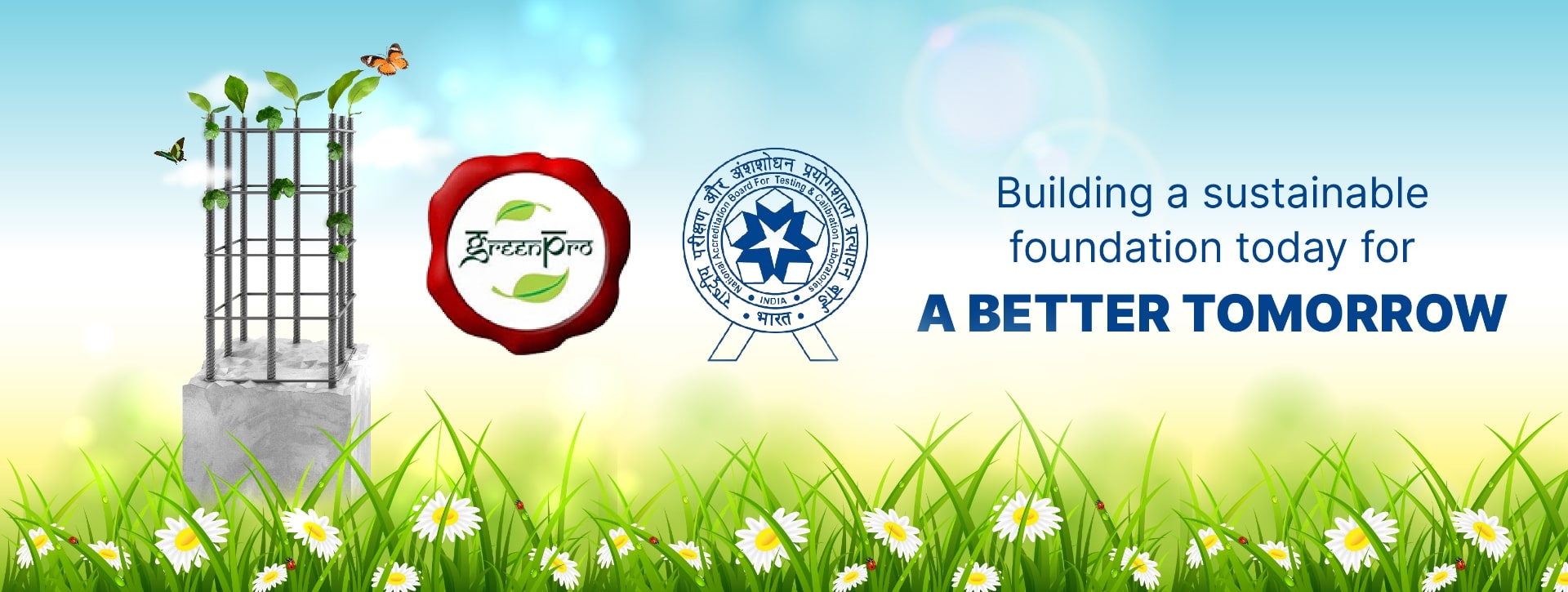
Introduction
In today’s world, sustainability is more than just a buzzword; it’s a way of life. As industries evolve, they’re taking steps to reduce their environmental footprint and contribute to a circular economy. The steel industry, a major player in the global economy, is no exception. In this blog, we’ll explore the vital role of steel recycling in the circular economy, shedding light on the process, sustainability, and the quest for “green steel.”
Circular Economy and Its Significance:
The concept of a circular economy is simple but profound: it aims to minimize waste, make the most of resources, and keep products and materials in use for as long as possible. This approach stands in stark contrast to the traditional linear economy, which follows the “take, make, dispose” model.
Metal Recycling and the Steel Industry:
The steel industry has long been associated with resource-intensive processes and environmental impact. However, it has evolved to embrace sustainable practices, with metal recycling at its core. Scrap steel, often considered a waste product, is now a valuable resource in the steel production process. It’s the lifeblood of the circular economy in this industry.
The Steel Recycling Process:
Recycling steel involves a series of steps that transform scrap steel into usable materials for new products. These steps include collection, sorting, shredding, melting, and refining. Here’s a simplified overview of the steel recycling process:
Collection: Scrap steel is collected from various sources, including industrial waste, demolition sites, and end-of-life products
Sorting: The collected scrap is sorted into different categories based on type and quality. This process ensures that only suitable materials enter the recycling chain.
Shredding: The sorted scrap is then shredded into smaller pieces to facilitate the melting process.
Melting: The shredded steel is melted in a furnace, and impurities are removed. This melting process requires significantly less energy than producing steel from raw materials.
Refining: After melting, the steel is refined to achieve the desired composition and quality.
SUSTAINABILITY IN THE STEEL INDUSTRY
The steel industry’s shift toward recycling is driven by a commitment to sustainability. Here are some key aspects of its sustainability efforts:
Energy Conservation: Recycling steel uses less energy compared to traditional steel production. This not only reduces the industry’s carbon footprint but also lowers costs.
Resource Conservation: Steel recycling reduces the demand for raw materials, conserving natural resources such as iron ore and coal.
Emissions Reduction: The steel industry’s recycling efforts significantly lower greenhouse gas emissions, making it more environmentally friendly.
Economic Benefits: Steel recycling contributes to job creation and economic growth while promoting responsible resource management.
THE QUEST FOR GREEN STEEL
As the steel industry continues to innovate, it’s on a quest to produce what’s often referred to as “green steel.” This steel is manufactured using renewable energy, hydrogen, or other low-carbon technologies, further reducing its environmental impact. Green steel aims to be carbon-neutral or even carbon-negative.
Conclusion –
In conclusion, steel recycling is at the heart of the circular economy and the steel industry’s sustainability efforts. By embracing resource efficiency and reducing waste, the industry is evolving to meet the demands of a more environmentally conscious world. The quest for “green steel” exemplifies its commitment to a cleaner, more sustainable future. Through circular economy principles and innovative practices, the steel industry is forging a path toward a greener, more sustainable future.







© 2024 KALIKA STEEL ALLOYS PVT. LTD. All Rights Reserved. | Design & Development: Optimist Brand Design LLP.
Kalika Steel is the most preferred TMT bar
manufacturer in Maharashtra.

Kalika Steel is the most preferred TMT bar manufacturer in Maharashtra.